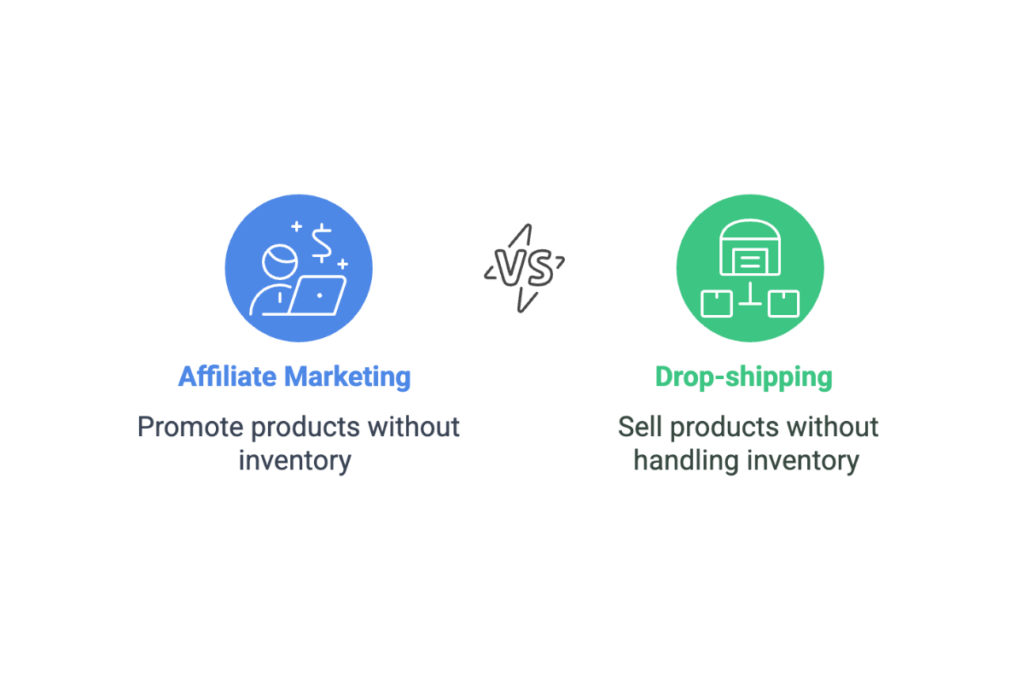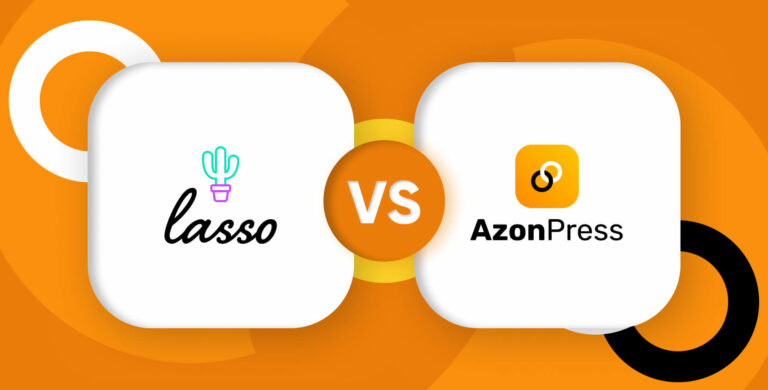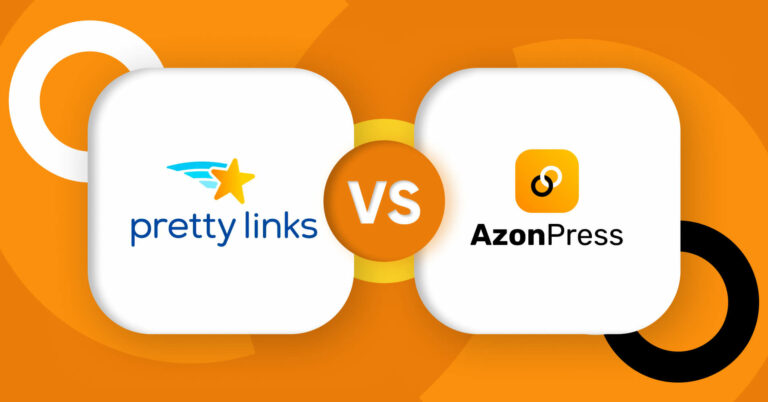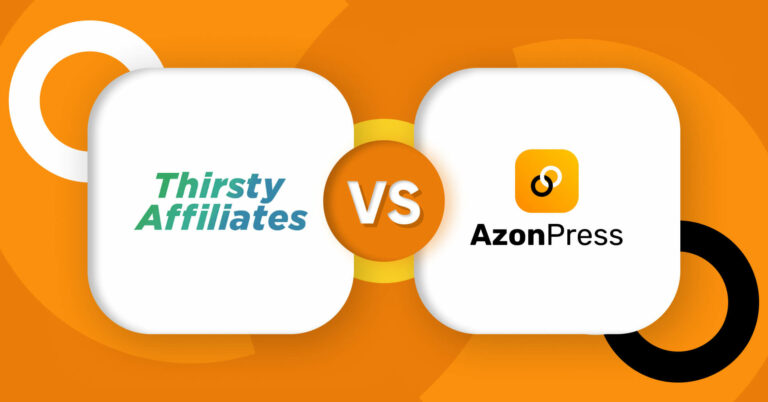
Affiliate Marketing Vs Dropshipping: Which One is Better?
Popular Posts
Get access to our Exclusive Offers & Pro Tips
Affiliate marketing and dropshipping are both very popular online business models.
They are not the same, but similar in one point: gaining profit by promoting other people’s products. Making the right choice between them can be challenging for marketers, as they offer unique advantages and challenges.
These business models have low startup costs and huge earning opportunities; if you play smartly, you can grow. But the question is – which is best and makes you more profit?
In this blog, we will describe each model in detail and compare their benefits to help you determine which path best aligns with your goals and resources.
TL;DR: Affiliate Marketing Vs Dropshipping
Affiliate marketing is a performance-based model where you promote products for commission, while with drop-shipping, you are selling products to the customer, and the profit is in your hands.
Affiliate marketing is a perfect fit for newbies and experienced marketers, while dropshipping requires expertise as they deal directly with the customer and set the pricing.
Both business models will make you profit if you know how to deal with them.
Understanding the business models – Affiliate marketing & Dropshipping
Affiliate marketing

Affiliate marketing is a performance-based online business model in which affiliates are paid based on the sales made through their affiliate link. The strongest side of affiliate marketing is the potential for passive income.
Affiliate marketers don’t need to handle inventory management, customer service, shipping, or even seeing the products in person. Their primary role is promoting the products on social media, blogs, or newsletters. In return, they earn affiliate commission for each sale or action generated through your unique referral link.
Benefits of affiliate marketing
Affiliate marketing is the perfect business model for both newbie and experienced marketers. It has several advantages that make it an attractive option. Let’s see why it can be the best fit for you.
Cost-effective business model
Starting your journey as an affiliate marketer is comparatively easy. It requires very little upfront investment, and your main investment will be time rather than money. Also, you don’t need to purchase inventory, build a physical store, or hire employees. Just join an affiliate program, create a simple website and social media platform, and you’re ready to get started.
No inventory management
One of the biggest advantages of affiliate marketing is that you don’t need to stock or manage inventory. You simply refer customers to the seller, who handles everything from inventory to shipping. This makes affiliate marketing a low-maintenance model that frees you from logistical burdens.
Greater return on investment
As marketers don’t handle product management, so the startup costs are minimal, and the potential return on investment is significantly higher. The only thing to do is consistently drive traffic and generate conversions through quality content or effective campaigns. Marketers can earn affiliate commissions without ongoing operational costs, leading to a high ROI.
Building reputation
Affiliate marketing lets you build your reputation and trust with a loyal audience. If you always promote quality products, people will believe your recommendation. When you have built a loyal reputation, this will automatically help you make more sales through your referrals.
Flexibility on promotion
You’re free to choose the platforms, strategies, and content formats that best suit your audience, whether that’s blog posts, videos, emails, or social media campaigns. You also get to pick which affiliate programs or products to promote, giving you complete control over your brand and promotional style.
No customer support
Since marketers are not the product owners, they’re not responsible for handling complaints, shipping delays, or return policies. Their job ends when a user clicks your affiliate link and makes a purchase. This hands-off structure lets them focus entirely on content creation and traffic generation.
Want to be an affiliate marketer? Learn how to start affiliate marketing like a pro.
Dropshipping

Dropshipping is an e-commerce business model that sells products without holding inventory. In this model, when a customer purchases from your online store, the order is forwarded to third-party manufacturers, who ship the products directly to the customers.
Here, drop shippers act as middlemen between customers and suppliers, managing the storefront, pricing, and customer service, while the supplier handles inventory management and fulfilment.
Benefits of dropshipping
Dropshipping business model is also a very popular and profitable business model. You can make profit by growing your customer base. Let’s explore the benefits of dropshipping.
Low startup cost
Just like affiliate marketing, dropshipping doesn’t require a significant upfront investment. There’s no investment in product inventory or building any physical stores. All you need is a basic eCommerce store and supplier access, making it ideal for beginners and side hustlers.
No inventory management
Dropshippers don’t need to worry about stocking products. The supplier handles warehousing, packaging, and shipping, freeing you from the hassle of managing physical goods.
Control over promotion and pricing
Dropshipping gives you greater control over promoting the products and setting the pricing. It also allows you to create your brand identity and build a trustworthy relationship with customers.
Wider product selection
Dropshipping gives you greater flexibility to test different niches, rotate items based on trends, and quickly adapt your store to what’s selling well without any inventory risk.
Flexibility and remote operation
Drop-shipping gives you complete flexibility in how you want to manage this business. You can do it from anywhere with a laptop and an internet connection; there is no need for a physical presence. This makes it a highly flexible model, best for digital nomads or those looking for a location-independent lifestyle.
What is more profitable, drop-shipping vs affiliate marketing?
The profitability of dropshipping vs. affiliate marketing depends on several factors. Here’s a clear comparison that helps you understand which business model can be more profitable for you:
In the dropshipping business model, you control the pricing of products and set your profit. You can sell a product at a marked-up price and keep the profit after paying the supplier.
Example: You sell a laptop bag for $70 that costs $50 from the supplier; you keep $25 (minus other costs like ads, tools, etc.).
So it can be profitable as:
- You control the pricing.
- You build a brand and customer base.
- You can upsell and cross-sell.
- Higher profit per transaction.
But you must pay for the website, advertising costs and customer service. And yes, as you are handling payment, the refund policy also falls upon you.
Now let’s talk about the other side of the coin, affiliate marketing.
Affiliate marketing runs on a low-risk, low-margin policy. Here, the brands decide your profit. Affiliate marketers promote someone else’s products; brands set a specific commission rate for each sale and action.
Example: You refer a $1000 product with a 10% affiliate commission, you earn $100 per sale.
Why it can be easier to start:
- No inventory management or shipping worries.
- No customer service.
- Content or social media can bring passive income.
- Ideal for bloggers, YouTubers, influencers.
In this business model, affiliate marketers have no authority to set the pricing or offers. The commission rate is tied to affiliate program rules, and they have no headache of handling payments or refund issues. All these are the liabilities of the brands you are promoting.
Affiliate marketing vs dropshipping comparison
Affiliate marketing and dropshipping are low-risk business models and allow earning without the hassle of handling inventory management. Though these online business models are pretty similar, the two have several key differences. Let’s explore some key consideration that makes them different:

Business formation
Similarity: Both are easy to start. It’s fast and cheap to get started with any of them. In some cases, there is an initial cost to run these online business models.
Difference: You can start affiliate marketing by instantly joining an affiliate program. No store is needed; just promote via website, YouTube, or any other social platform. To be a drop shipper, you must build an online store on Shopify or WooCommerce and find a third-party supplier before selling.
Marketing approach
Similarity: In both cases, increasing traffic on your websites or social channels lets you boost sales rates. The more visitors come to your websites or social posts, the higher the chance of converting them into potential customers.
Difference: Since affiliate marketers have built their reputations over time, it’s easy for them to retain existing customers and encourage them to shop further. Dropshipping requires more active market research to attract new customers for new products. Their audience base changes based on product changes, requiring more effort.
Customer ownership
Similarity: Affiliate marketing and dropshipping both target the same audience, which is customers. Their main goal is to convert visitors into customers.
Differences: Affiliate marketers promote other products, so customers buy from someone else. They don’t need to collect customer data or build a relationship. However, in dropshipping, customers buy directly from your store. You own the customer experience and can create a loyal base.
Responsibilities
Similarities: With both models, there is no hassle of product production. The brand owners or a third party are responsible for tracking inventory and finding space for the warehouse. Affiliate marketers and drop shippers are not liable for this.
Differences: Affiliate marketers’ primary responsibility is to promote and recommend products. There is no customer service or refunds. While in the dropshipping business model, promoters must handle support, returns, complaints, and the overall customer experience.
Profit potential
Similarities: These models’ profit potential is similar, as both marketers make profit from promoting other models. All they have to do is promote on websites or social media and earn a profit from each sale.
Differences: Affiliate marketing can bring passive income if your content ranks well or goes viral. The affiliate commission usually varies between 5% and 30%. Dropshipping has higher profit margins for a limited period, as you set prices and control profit.
A quick overview of affiliate marketing vs dropshipping
| Feature | Affiliate Marketing | Dropshipping |
|---|---|---|
| Startup Cost | Low (free or <$100) | Moderate ($100–$500+) |
| Customer Handling | None | Yes , you provide support and manage returns |
| Platform Needed | Blog, social media, or YouTube | eCommerce store (Shopify, WooCommerce, etc.) |
| Control Over Pricing | ❌ No control | ✅ Full control |
| Payout Frequency | Varies (monthly or more) | Immediate (based on platform payout settings) |
| Technical Skills | Basic marketing, SEO | Marketing + eCommerce + customer service |
| Branding Opportunities | Limited | Full branding possible |
| Passive Income | ✅ Strong potential with content | 🔄 Limited – requires active order management |
| Risk | Low | Medium (product quality, shipping issues, refunds) |
Affiliate marketing vs drop-shipping: what to choose?
In this blog, we have already discussed both online business models in detail, breaking down their benefits, similarities, differences, and overall potential. Both affiliate marketing and dropshipping can be a source of your potential passive income, depending on your goals, skill set, and available resources. If you are smart enough, you can make a profit by leveraging any of them.
You can even start an affiliate marketing program on your dropshipping store to boost your sales rate. Now, the final decision is in your hands. But if you choose affiliate marketing to grow your career, we are here to help.
And if you’re a WordPress user, try AzonPress, the easiest way to manage and maximize your affiliate earnings.
Visit our website and check out our blog. We constantly share tips and tricks that let you start your affiliate marketing journey like a pro. We would love to share our knowledge with you.
FAQs
Which is better, affiliate marketing or dropshipping?
Both have potential. Affiliate marketing is easier and low-maintenance, while dropshipping offers branding control and higher margins. Choose based on your goals, skills, and time investment.
Which is easier, affiliate marketing or dropshipping?
Affiliate marketing is generally easier. You don’t handle products, shipping, or customer support, just promote and earn commissions, making it more beginner-friendly than managing a dropshipping store.
Is affiliate marketing worth it for a beginner?
Yes, affiliate marketing is beginner-friendly. It requires minimal investment, no inventory, and can be started quickly using content platforms like blogs, YouTube, or social media.
Can you combine affiliate marketing and dropshipping?
Absolutely! Many online entrepreneurs combine both to diversify income, dropshipping products on their store while also recommending affiliate products through content and marketing channels.
Is Amazon affiliate marketing the same as dropshipping?
No, Amazon affiliate marketing earns commission by referring buyers, while dropshipping involves selling physical products through your own store, managing orders via third-party suppliers.
Read Similar Blogs
We build lasting partnerships to boost and manage revenue growth















Leave a Reply